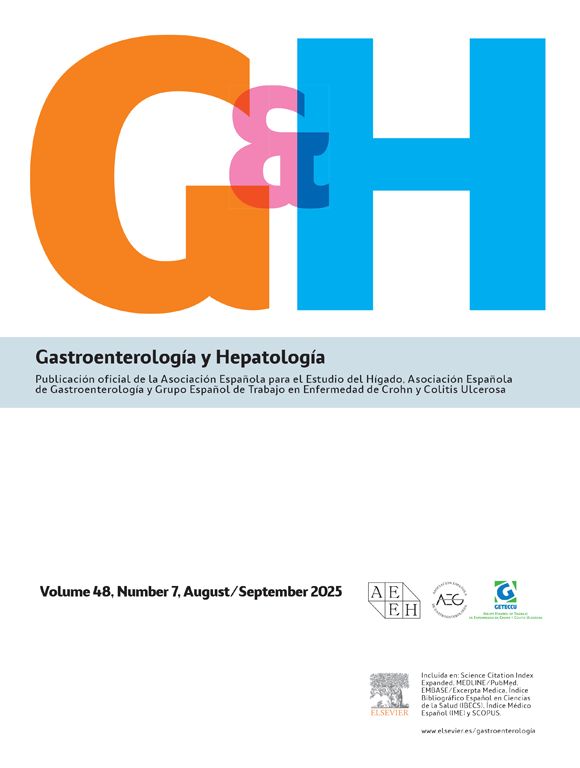To evaluate nuclear NF-κB translocation in minor salivary glands (mSG) of human primary Sjogren Syndrome (pSS).
MethodsLip biopsies’ mSG were done in 24 female patients with pSS from the Rheumatology Service of Rivadavia Hospital. Glands were stained with H&E and immunostained for NF-κB. Specimens were classified according to the Chisholm and Masson score.
ResultsThe biopsies (H&E staining) showed lymphoplasmocitic infiltrates, forming periacini and periductal focuses which number depending on the stage of the disease. In stages III and IV there was acini destruction and, in some cases, fibrosis. In the biopsies with a diagnosis of sialadenitis we observed interstitially-dispersed lymphoplasmocitic elements and also polimorphonuclear neutrophils. The lip biopsies’ mSG of patients with clinical-serological diagnosis of pSS showed nuclear translocation of NF-κB in lymphocytes of focal infiltrates and in the acini epithelium adjacent to the infiltrates. In distal acini and ductal structures from the infitrates we did not observe nuclear translocation. However, in SSp patients with sialadenitis interstitial lymphocytes with nuclear translocation were observed but neither in the acini or the ducts. SSp patients with normal glands did not show nuclear translocation of NF-κB factor either in the acini or in the ducts.
ConclusionsThese results allow us to infer the importance of lymphocyte-epithelium interaction on the activation of NF-κB in human pSS.
Evaluar la translocacion nuclear del factor NF-κB en las glandulas salivales menores de pacientes con sindrome de Sjogren primario (SSp).
MétodosSe realizaron biopsias de glandulas salivares menores en 24 pacientes mujeres con diagnostico de SSp del Servicio de Reumatologia del Hospital Rivadavia. Las glandulas fueron tenidas con H&E y la inmunohistoquimica para NF-κB, fueron clasificados de acuerdo con la puntuacion de Chisholm y Masson.
ResultadosLas biopsias de pacientes con SSp (H&E) mostraron infiltrados linfoplasmocitarios, formando focos periacinares y periductales cuyo numero depende del estadio de la enfermedad. En las fases III y IV se observa la destruccion de los acinos y, en algunos casos, fibrosis. En las biopsias con diagnostico de sialoadenitis observamos elementos linfoplasmocitarios intersticiales dispersos y tambien neutrofilos polimorfonucleares. Las biopsias de labio de pacientes con diagnostico clinico serologico de SSp mostraron la translocacion nuclear de NF-κB en los linfocitos de infiltracion focal y en el epitelio de los acinos adyacentes a los infiltrados. En acinos y en las estructuras ductales alejadas de los infiltrados, no observamos translocacion nuclear. Sin embargo, en pacientes con sialoadenitis se observaron linfocitos intersticiales con translocacion nuclear pero no en acinos y ductos. Los pacientes con SSp con glandula normal no mostraron translocacion nuclear del factor NF-κB, ni en acinos ni en el conducto.
ConclusionesEstos resultados nos permiten inferir la importancia de la interaccion linfocitosepitelio y la activacion del factor NF-κB en pacientes con diagnostico de SSp.





